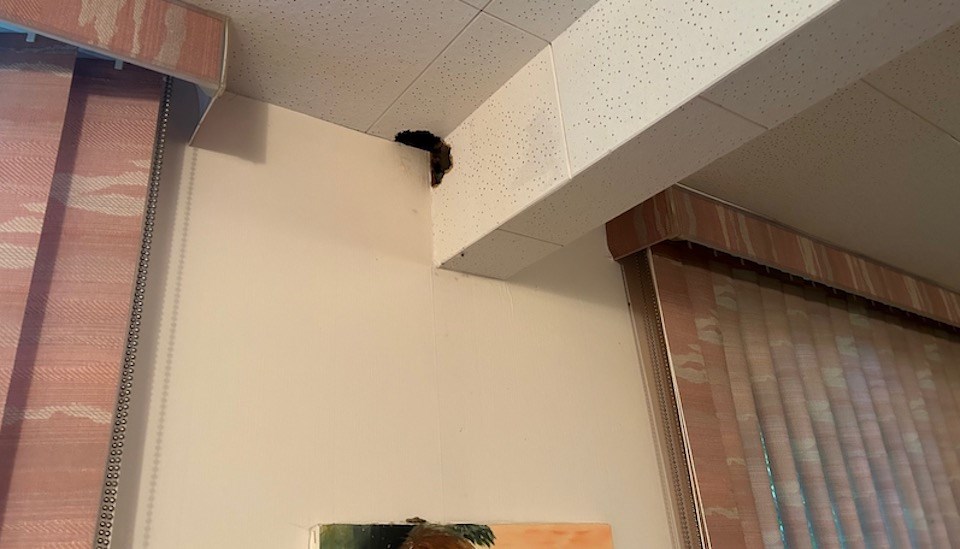When the Metro Â鶹´«Ã½Ó³»weather starts to cool off, scores of unwelcome "house guests" can make their way indoors, including everything from furry critters like rats and mice, to invasive insects like Pharaoh ants and stink bugs.
While many of these animals are spotted in common areas, such as bathrooms, kitchens, and living rooms, others are a little more sneaky. They may pass through nearly undetected unless you start looking for signs of their presence.
Other critters don't even make it anywhere you're likely to spot them - but that doesn't mean they aren't wreaking havoc on your home.
Keep your ears alert for noises
Noise is often the first indicator that a pest has taken up residence in your home, particularly if it is a larger one. Nocturnal animals, including rats, mice, and raccoons, typically forage for food once the sun goes down, meaning you probably won't hear them during the day.
"Usually you’ll hear them in the evenings; if it's during the day it’s probably a squirrel," Derek Thorsell, Regional Manager of , told V.I.A.
“Rodents go in walls, under floorboards, and in the attic. If you hear things moving in those areas...[you will likely] hear a scratching noise."
Strange noises are a helpful indicator that an animal lives in your home because many of them try to avoid being seen. They also tend to avoid running across the middle of a room; they move closely along the perimeter instead.
Look for grease stains
Critters, even small ones like mice, may leave a grease stain in places where they have made contact with a surface.
Since they move closely along the perimeter of a room, they'll often keep their bodies right up to a wall. Grease marks might also be near an entryway, such as a small hole.
Flakes of wood and other signs of chewing
Notorious chewers, rats and mice leave evidence of gnawing in their wake.
"You might notice random flakes of wood somewhere," explained Thorsell, noting that this might be in places hidden from view, such as underneath sinks.
Critters may also chew holes in bags of food and other products.

'If you notice mouse droppings, you have a problem'
Although they are gross, feces is the most obvious sign of a pest problem.
"The biggest indicator is droppings - if you notice mouse droppings, you have a problem," he said.
Mouse droppings are smaller than those of rats but the rodents tend to come out more into shared spaces with people. That said, in places where people don't hang out as often, such as attics, rats will be less particular about where they defecate.
Urine
A small patch of yellow might be a little urine stain from an unwanted house guest. However, they are trace amounts. Mice are so small that you might not even pick up on what you're looking at.
But a large number of rodents together, particularly in an area that isn't frequented by humans, will afford more space for them to urinate comfortably.
"Really with the urine, you'll only really notice if it's pooled together," Thorsell remarked.
What to do if you have a pest problem
Always take precautions against pest problems. You can do this by:
- sealing holes and entryways in your home
- disposing of garbage and rotting debris promptly
- keeping your home clean and clutter-free
- keep an eye on any changes and act swiftly if you notice a pest in your home.
If you have a pest problem, do not handle animals directly. Animals carry a range of diseases, including rabies, that pose serious health risks to humans. Many animals might not look sick but can cause you serious harm, while others may bite or scratch you as a defense mechanism.
Contact a professional pest control company for the removal of dead animals, infestations, and help dealing with pests and larger animals on your property.




